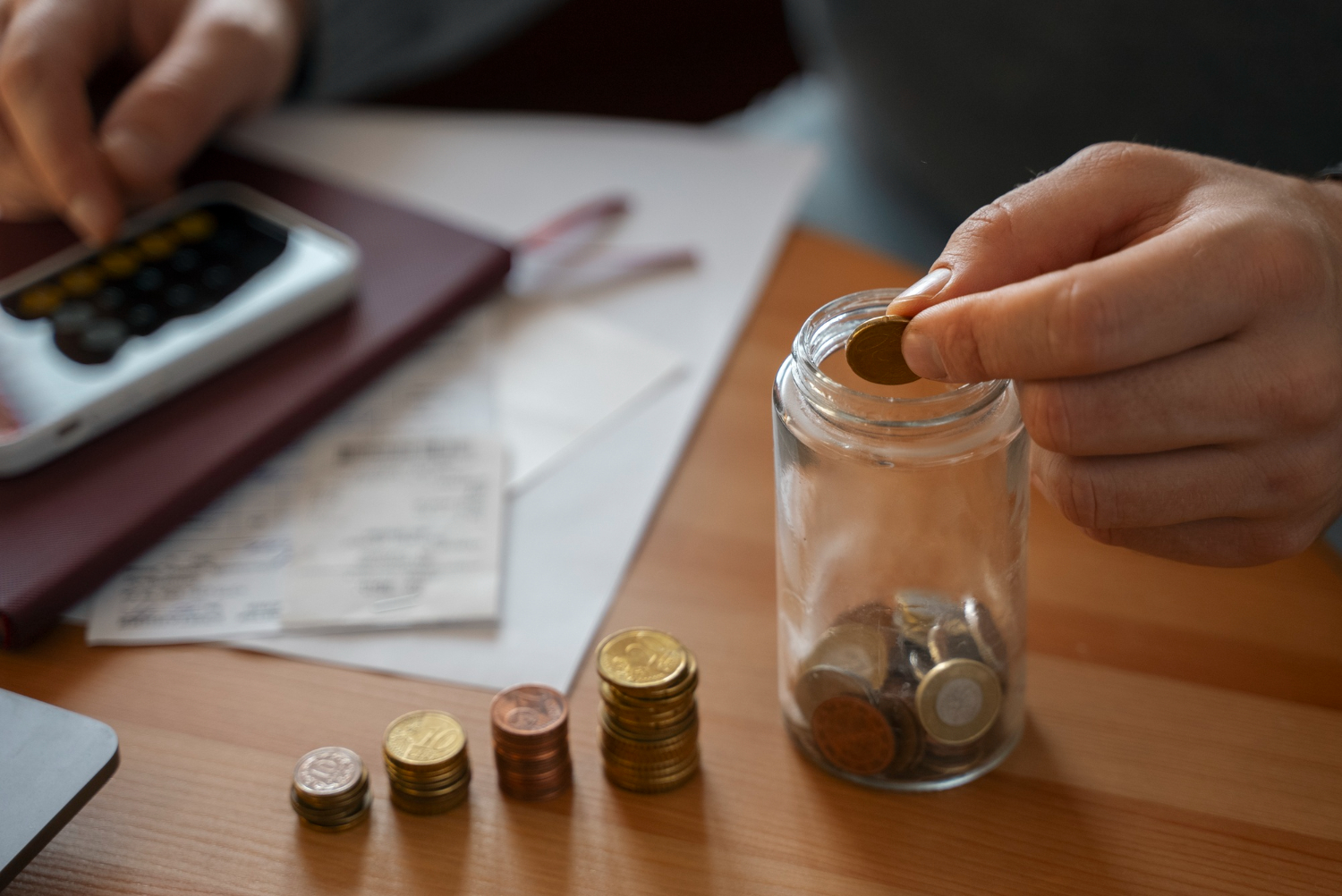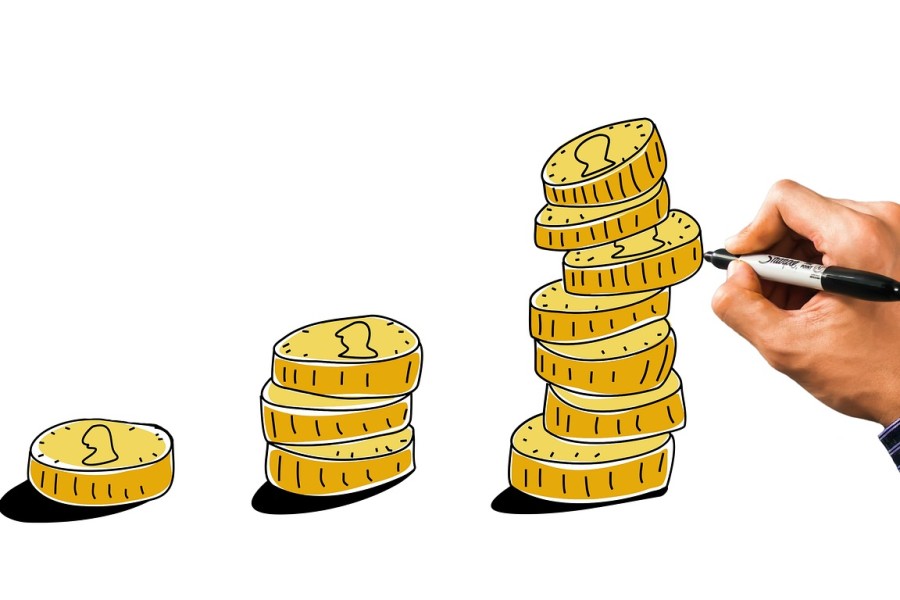Fixed deposits (FDs) are one of the most popular investment options in India, offering guaranteed returns and low risk. However, many banks and financial institutions are offering FDs. So, it can be challenging to choose the one that provides the best FD returns. By understanding a few key factors, you can ensure that you get the highest ROI on FD investment. In this article, we’ll explore some expert tips to help you maximise your fixed deposit returns. We will also learn to make the most of this reliable investment tool.
Choosing the Right Bank or Financial Institution
When it comes to getting the best return on FD, firstly, select the right bank or financial institution. Here are some factors to consider:
-
Compare the FD interest rates offered by different banks. Generally, smaller banks and NBFCs offer higher rates than bigger banks.
-
While higher interest rates are attractive, ensure that the institution is credible and financially stable.
-
Some banks offer higher interest rates to existing customers or those who have a long-standing relationship with the bank.
For example, Bank A offers an FD interest rate of 6.5% for a 1-year tenure, while Bank B offers 7%. But Bank A is more reliable, and you already have an account with them. Thus, it might be wiser to choose Bank A for your FD investment.
Opting for Longer Tenures
Another way to get the best FD returns is by investing for longer tenures. Here’s how it works:
-
Banks typically offer higher interest rates for longer-tenure FDs. For instance, a 5-year FD might fetch you 7% interest, while a 1-year FD offers only 6%.
-
With longer tenures, your interest earns interest, leading to higher returns due to the power of compounding.
However, before locking in your funds for a long period, assess your liquidity needs. If you might need the money in the short term, opt for short-term FDs or laddering.
Consider an example where you have ₹1 lakh to invest. A 1-year FD at 6% will fetch you ₹6,000 as interest. But if you invest the same amount for 5 years at 7%, you’ll earn ₹40,255 as interest. That’s the magic of compounding!
Cumulative vs. Non-Cumulative FDs
FDs can be either cumulative or non-cumulative. Here’s how they differ and how they impact your returns:
-
In cumulative FDs, the interest earned is reinvested with the principal amount. This leads to a high-return FD as you earn interest on interest.
-
In non-cumulative FDs, the interest is paid out at regular intervals (monthly, quarterly, half-yearly, or annually) and is not reinvested.
To maximise your ROI for FD, opt for cumulative FDs if you don’t need regular payouts. Over the long term, cumulative FDs can generate significantly higher returns compared to non-cumulative ones.
Special FD Schemes
Keep an eye out for special FD schemes that offer higher interest rates for specific tenures or customer segments. Some common special FD schemes include:
-
Banks often offer higher FD interest rates (typically 0.25% to 0.5% more) to senior citizens.
-
Some banks have special FD schemes for women, offering slightly higher interest rates.
-
During festive seasons, banks may provide higher interest rates or waive penalties on premature withdrawals.
For instance, a senior citizen can earn 7.5% interest on a 5-year FD, compared to 7% for regular customers. These small differences can add up to significant amounts over time.
Tax-Saving FDs
If you’re looking to save on taxes while getting good FD returns, consider tax-saving FDs. Here’s what you need to know:
-
Tax-saving FDs have a lock-in period of 5 years, during which you cannot withdraw the funds.
-
Investments up to ₹1.5 lakh in tax-saving FDs are eligible for deduction under Section 80C of the Income Tax Act.
-
Tax-saving FDs usually offer slightly higher interest rates compared to regular FDs.
For example, by investing ₹1.5 lakh in a tax-saving FD offering 7.5% interest, you can save up to ₹46,350 in taxes (assuming you’re in the 30% tax bracket). Further, you will earn ₹11,250 as interest annually.
FD Laddering: A Smart Investment Strategy
FD laddering is a smart way to maximise your returns while maintaining liquidity. Here’s how it works:
-
Divide your investment amount into smaller portions.
-
Invest each portion in FDs of different tenures (e.g., 1 year, 2 years, 3 years, and so on).
-
As each FD matures, reinvest the amount into a new FD with a longer tenure.
By laddering your FDs, you can:
-
Benefit from higher interest rates of longer-tenure FDs
-
Have a portion of your investment mature at regular intervals, providing liquidity
-
Avoid reinvesting the entire amount at lower rates in case interest rates decrease
Let’s understand this with an example. Say you have ₹4 lakhs to invest. Instead of investing the entire amount in a single 5-year FD, you can create an FD ladder as follows:
|
FD Tenure |
Amount Invested |
Interest Rate |
|---|---|---|
|
1 Year |
₹1 lakh |
6% |
|
2 Years |
₹1 lakh |
6.5% |
|
3 Years |
₹1 lakh |
7% |
|
4 Years |
₹1 lakh |
7.5% |
As each FD matures, you can reinvest the amount into a new 4-year FD. This will ensure that you always have a portion of your investment maturing every year. Meanwhile, you can enjoy higher interest rates for longer-tenure FDs.
By following these expert tips, you can maximise your FD ROI and make the most of this low-risk investment option. Remember to:
-
Choose a high-return FD bank or financial institution
-
Opt for longer tenures
-
Consider cumulative FDs
-
Look out for special FD schemes
-
Invest in tax-saving FDs
-
Use the FD laddering strategy
Airtel Finance offers competitive FD interest rates, along with the convenience of opening an FD online. Additionally, Airtel Finance FDs have flexible tenure options and attractive interest rates (9.1% p.a.). This can help you reach your financial goals faster. Use the Airtel Finance FD interest calculator to plan your investment and get the best returns on your fixed deposit.
FAQs
-
How to get maximum returns from FD?
To get maximum returns from your FD, choose a bank offering high interest rates. Along with this, opt for longer tenures, consider cumulative FDs, and look out for special schemes. FD laddering can also help maximise returns.
-
Does FD give double the amount in 9 years?
The time taken for an FD to double depends on the interest rate. At a 7% interest rate, your FD will double in approximately 10.2 years. Use the Rule of 72 to estimate the doubling time. -
How to maximise your returns from fixed deposits?
To maximise your fixed deposit returns, compare interest rates across banks and opt for longer tenures. Moreover, choose cumulative FDs, invest in tax-saving FDs, and consider FD laddering. Regularly monitor interest rate changes and shift your FDs accordingly. -
What are some tips to maximise my fixed deposit returns?
Some tips to maximise your FD returns include:
-
Comparing interest rates across banks
-
Opting for longer tenures
-
Choosing cumulative FDs
-
Investing in tax-saving FDs
-
Using the FD laddering strategy
-
Monitoring interest rate changes and shifting FDs accordingly
-
How to use fixed deposit laddering to maximise your returns?
FD laddering involves dividing your investment into smaller portions and investing each portion in FDs of different tenures. As each FD matures, reinvest the amount in a new FD with a longer tenure. This helps you benefit from higher interest rates while maintaining liquidity.


 Get App
Get App  Airtel Store
Airtel Store  Login
Login 


